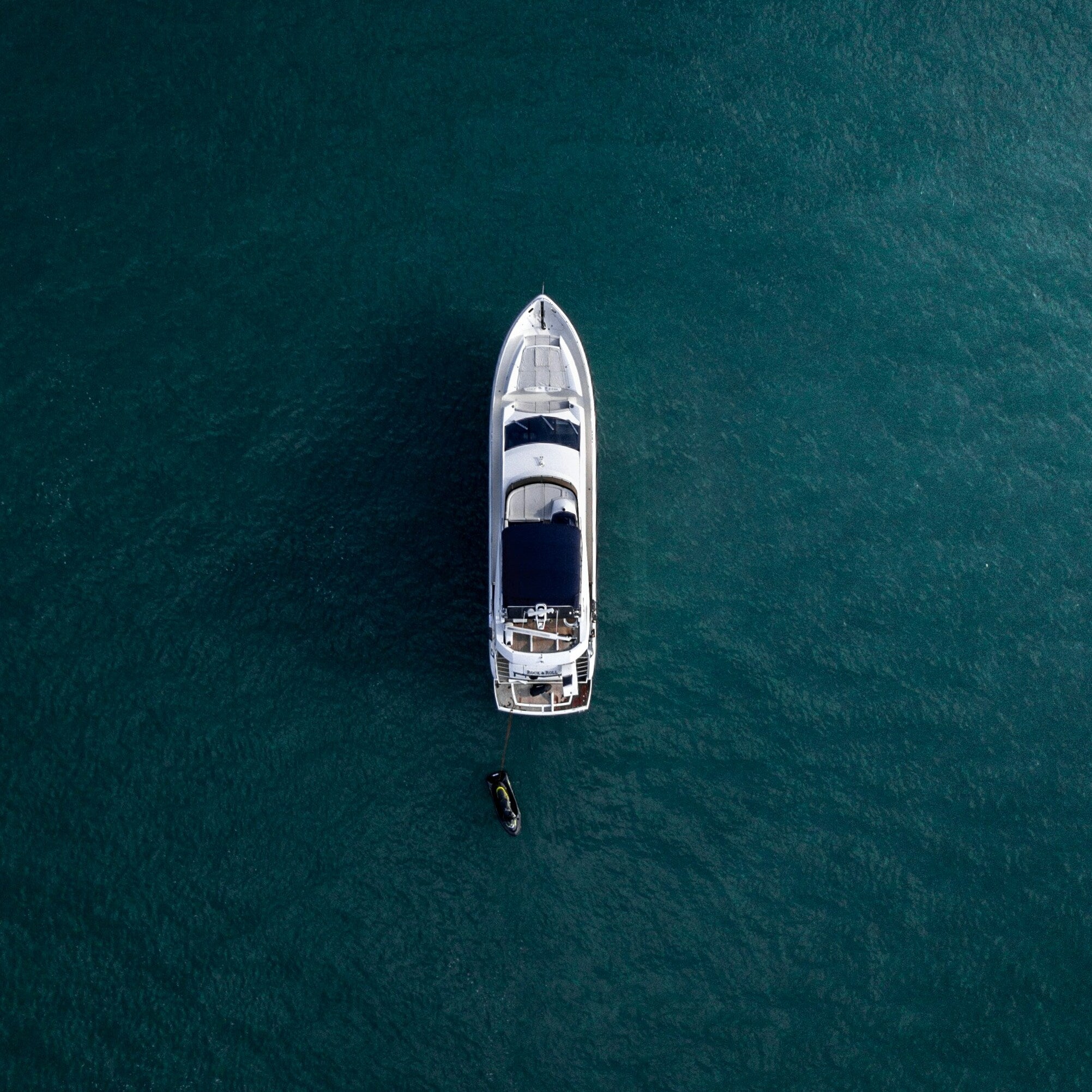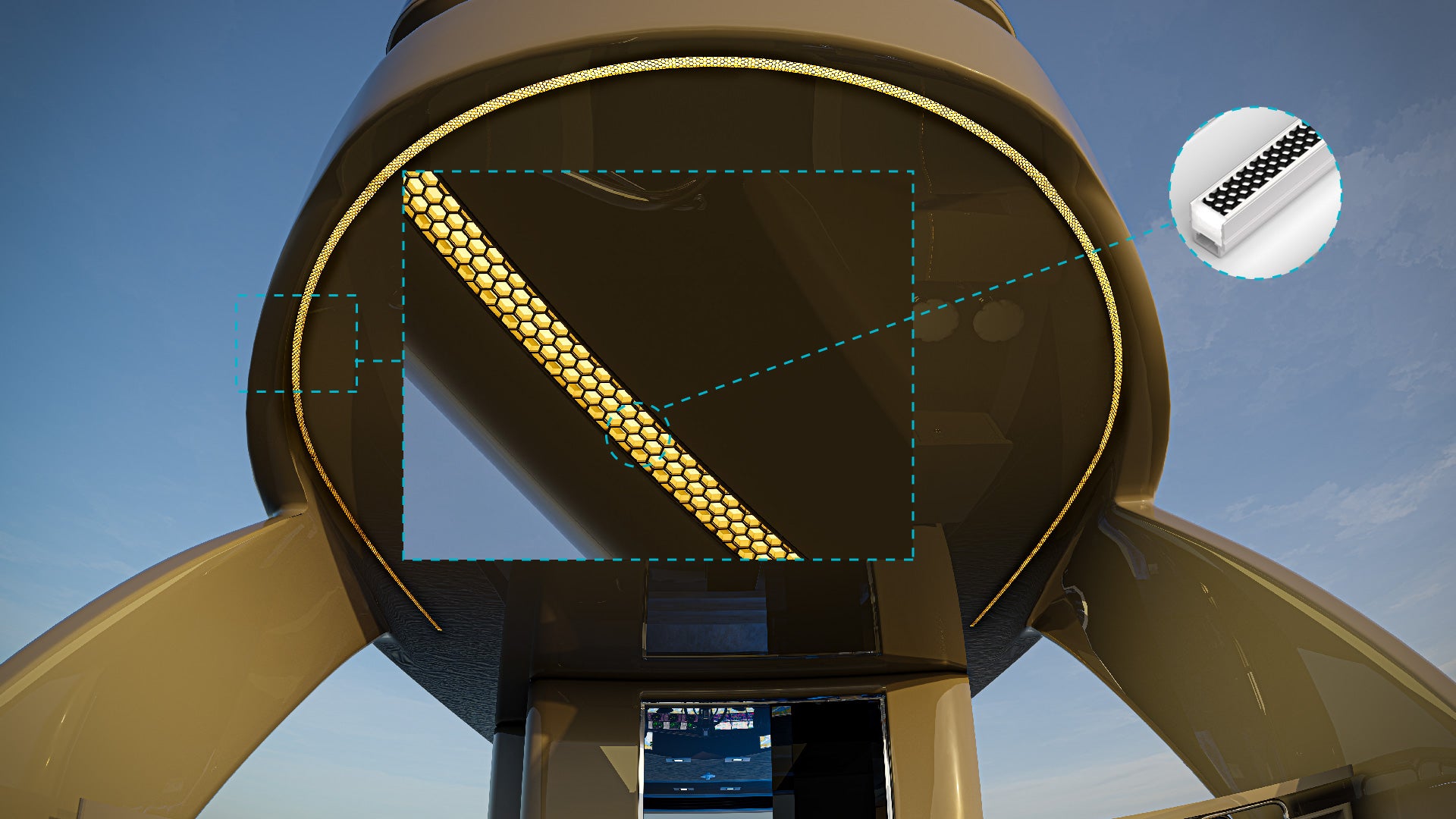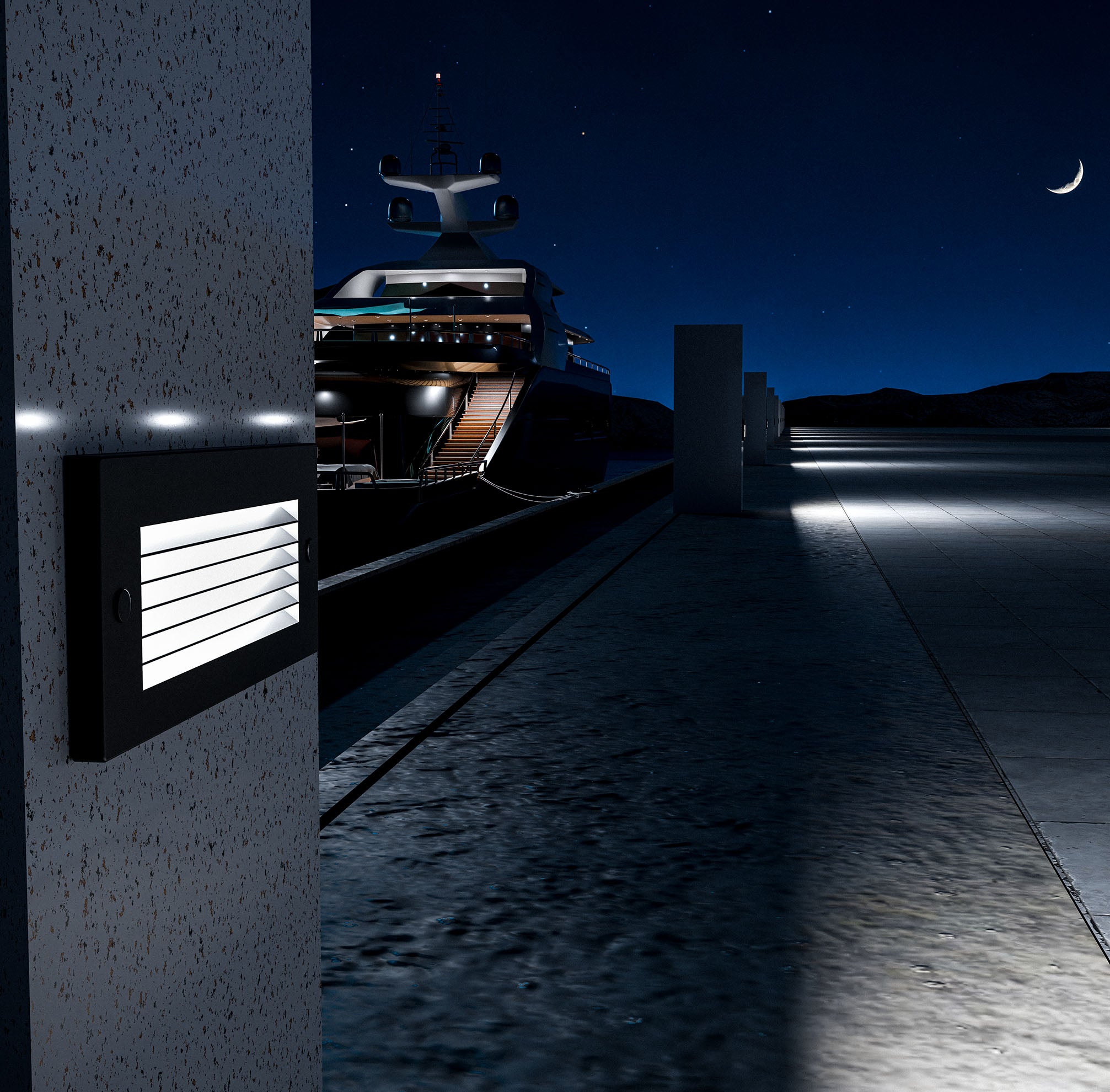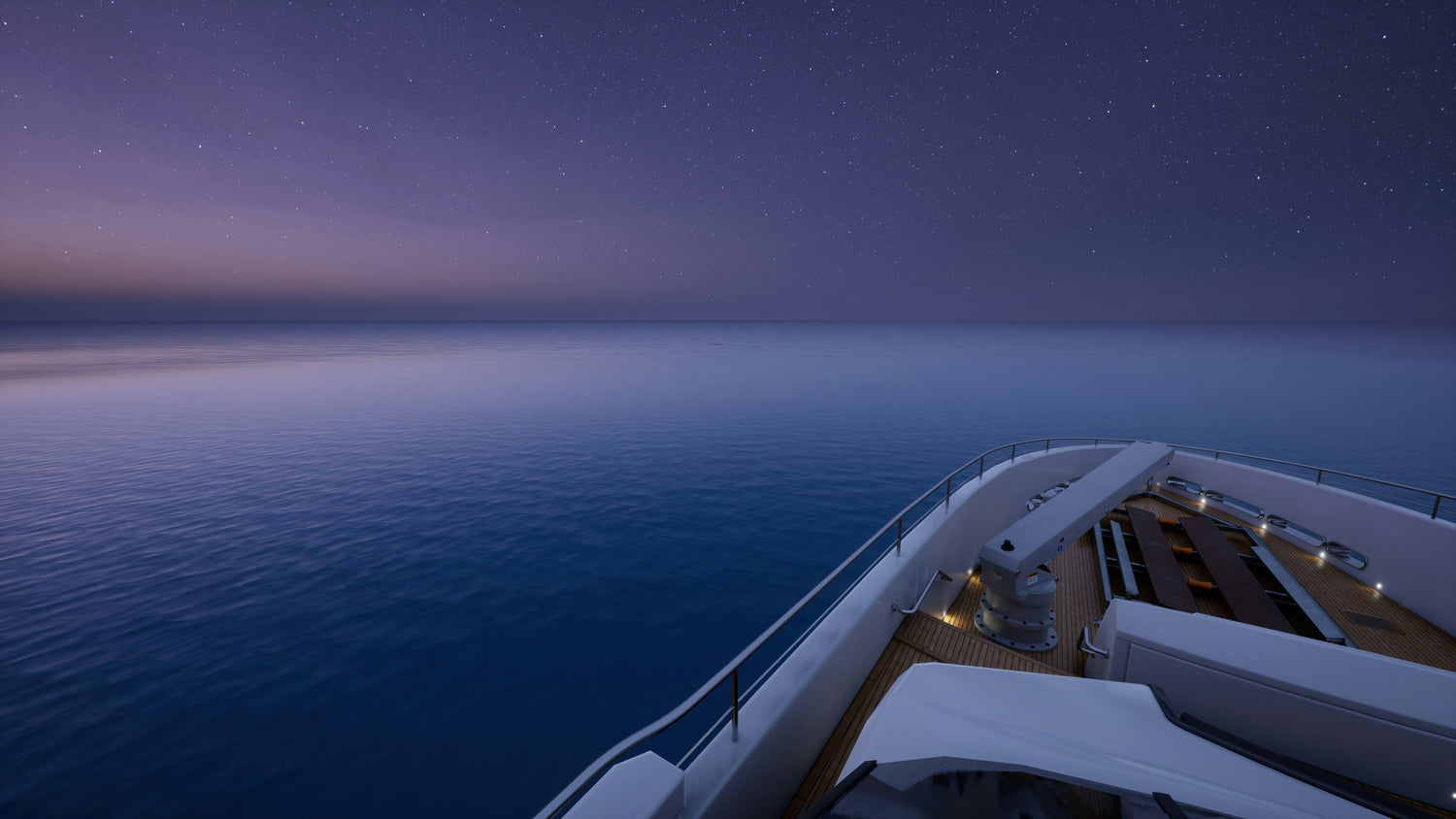Navigating the waters after sunset requires more than just experience and skill—it demands the proper navigation lighting to ensure your safety and the safety of other vessels. Understanding what lights you need on a boat at night is not just a legal requirement; it's a fundamental aspect of maritime safety that can prevent collisions and save lives.
Understanding Navigation Light Requirements
Navigation lights are required to be displayed from sunset to sunrise in all weather conditions, and during times of reduced visibility. These lights serve a dual purpose: they make your vessel visible to others and provide information about your boat's size, type, and direction of travel.
The specific lighting requirements vary based on several factors:
- The length of your vessel
- Whether you're under power or sail
- Your location (inland vs. international waters)
- Whether you're underway or at anchor
Essential Navigation Lights for Powerboats
Boats Under 39.4 Feet (12 Meters)
For most recreational powerboats under 39.4 feet, you need the following navigation lights: one all-around white light visible from 360 degrees and from two miles away, and one pair of red and green sidelights visible at 112.5 degrees and from one mile away.
Sidelights:
- Red port light: Mounted on the left side (port) of the bow
- Green starboard light: Mounted on the right side (starboard) of the bow
- These lights must shine from dead ahead to 112.5° aft on either side
All-Around White Light:
- Can substitute for separate stern and masthead lights on smaller vessels
- Must be positioned at least 39 inches above the sidelights
- Provides 360-degree visibility
Boats 39.4 to 65.6 Feet (12-20 Meters)
Larger powerboats require more comprehensive lighting:
- Separate masthead light: White light that shines from 112.5° on the port side through dead ahead to 112.5° on the starboard side
- Stern light: White light covering 135 degrees
- Sidelights: Red and green lights (can be combined in a bi-color light)
- Sidelights must be visible for two nautical miles and the masthead light for 3 nautical miles
Sailboat Navigation Light Requirements
Sailboats have different requirements depending on whether they're under sail or motor power.
Under Sail Only
Sailboats under sail can display either separate red and green sidelights with a white stern light, or a single tri-color light at the masthead that combines all three colors. The tri-color option is popular because:
- It conserves battery power
- Provides excellent visibility from all angles
- Reduces the number of individual lights to maintain
Under Motor Power
When using an engine (even with sails up), sailboats must follow the same lighting rules as powerboats, including displaying a masthead steaming light. This is crucial for legal compliance and safety.
Small Craft and Special Cases
Boats Under 23 Feet
Small boats under 7 meters (23 feet) whose maximum speed cannot exceed 7 knots may display only an all-around white light and, if practicable, sidelights. However, for safety reasons, it's often better to use full navigation lighting even on smaller vessels.
Human-Powered Vessels
Paddleboats, rowboats, canoes, and kayaks are required to have ready at hand an electric torch or lighted lantern showing a white light which shall be exhibited in sufficient time to prevent collision. While not required to display continuous navigation lights, having proper lighting significantly improves safety.
Anchor Light Requirements
When your boat is anchored outside a designated anchorage area, an all-round white light visible for at least 2 nautical miles is required. Anchor lights serve as a critical safety signal to other vessels that your boat is stationary.
Key anchor light facts:
- Should be mounted at the highest point on the boat for maximum visibility
- Must be visible 360 degrees
- Vessels less than 7 meters are not required to display anchor lights unless anchored in or near a narrow channel, fairway or anchorage
The LED Advantage in Marine Navigation Lighting
Modern boaters are increasingly choosing LED navigation lights over traditional incandescent or halogen options. Here's why LED technology has become the preferred choice:
Energy Efficiency
LED marine navigation lights consume significantly less power than incandescent bulbs—a 10-watt LED can provide the same brightness as a 50-watt halogen light, representing a 90% reduction in power draw. This is particularly important for extended nighttime cruising or when at anchor.
Durability and Longevity
LED navigation lights have an operational life of up to 50,000 hours, requiring fewer replacements and minimizing maintenance costs. In the harsh marine environment, this reliability is invaluable.
Superior Visibility
LED lights emit a bright, crisp light that is easily visible from a distance, enhancing your vessel's safety and visibility to other boats. The consistent light output also helps maintain compliance with visibility requirements.
Weather Resistance
LED marine navigation lights are designed to withstand the harsh marine environment, with rugged construction, waterproof housings, and corrosion-resistant materials.
Understanding Light Visibility Requirements
The distance from which your navigation lights must be visible depends on your boat's size:
- Boats under 12 meters: Sidelights must be visible for at least 1 nautical mile, all other lights for at least 2 nautical miles
- Boats 12-20 meters: Masthead light visible for 3 nautical miles, all other lights for 2 nautical miles
- Boats 20-50 meters: Masthead light visible for 5 nautical miles, all other lights for 2 nautical miles
Installation and Maintenance Best Practices
Proper Placement
Sidelights should be positioned so they're visible from ahead to abaft the beam and should be outside the shrouds on sailboats to prevent being hidden by sails. For powerboats, they can be mounted on the cabin side or at the bow.
Avoiding Interference
Turn off headlights, spotlights, and any other lights that could interfere with navigation lights while underway. Be careful of glare from bright objects on board that can affect night vision—a shiny bow pulpit with sidelights attached may need to be covered with black tape.
Regular Maintenance
Conduct regular inspections of your lights and keep spare bulbs aboard. The Coast Guard doesn't care if lights were working when you left—only that they're working when required.
Special Lighting Considerations
Fishing Vessels
A green light over a white light indicates a fishing vessel actively trawling. Commercial fishing operations require additional specialized lighting configurations.
Law Enforcement and Emergency Vessels
A flashing blue light indicates a law enforcement vessel—do not impede its operation. Understanding these special signals helps you respond appropriately on the water.
Towing Operations
Yellow lights or a flashing yellow light indicate a towing vessel with an object in tow—stay clear of the entire towing configuration.
Compliance and Safety Tips
Legal Requirements
It is the responsibility of the owner/operator to ensure their vessel shows the proper navigation lights for its size and the waters in which it operates. Manufacturers and dealers are not responsible for ensuring your boat has the correct lighting configuration.
Planning for Equipment Failure
Always carry backup lighting options. Small vessels should have ready at hand an electric torch or lighted lantern showing a white light for emergency use. Having portable LED navigation lights as backups can be a lifesaver if your primary system fails.
Understanding What You See
Learning to interpret other vessels' light patterns is crucial for safe navigation. Understanding navigation light combinations helps you determine the type, size, and heading of other vessels, allowing you to take appropriate action to avoid collisions.
Choosing the Right Navigation Lights
When selecting navigation lights for your vessel, consider:
- USCG Approval: Ensure all lights meet Coast Guard requirements
- LED Technology: For energy efficiency and reliability
- Marine-Grade Construction: Corrosion-resistant materials and proper IP ratings
- Easy Installation: User-friendly mounting systems
- Visibility Range: Appropriate for your vessel size
Marine LED lighting vs. halogen lights comparison shows LED technology's clear advantages for navigation applications.
Conclusion
Understanding what lights you need on a boat at night is essential for safe and legal boating. The requirements vary based on your vessel's size, type, and activity, but the fundamental principle remains the same: proper navigation lighting prevents collisions and ensures everyone returns home safely.
Modern LED navigation lights offer significant advantages over traditional lighting systems, providing better visibility, energy efficiency, and reliability. Whether you're upgrading an existing system or outfitting a new vessel, investing in quality marine-grade LED navigation lights is one of the most important safety decisions you can make.
Remember that navigation lighting is not just about compliance—it's about being a responsible mariner who prioritizes safety on the water. By properly equipping your vessel with the appropriate lights and maintaining them in good working order, you contribute to the safety of all who share the waterways.
For professional-grade marine LED lighting solutions that exceed industry standards, explore K2 Lighting's comprehensive collection of navigation lights designed to keep you safe and compliant on every voyage.
Need help selecting the right navigation lights for your vessel? Contact K2 Lighting for expert guidance on marine LED lighting solutions that combine safety, efficiency, and reliability.





